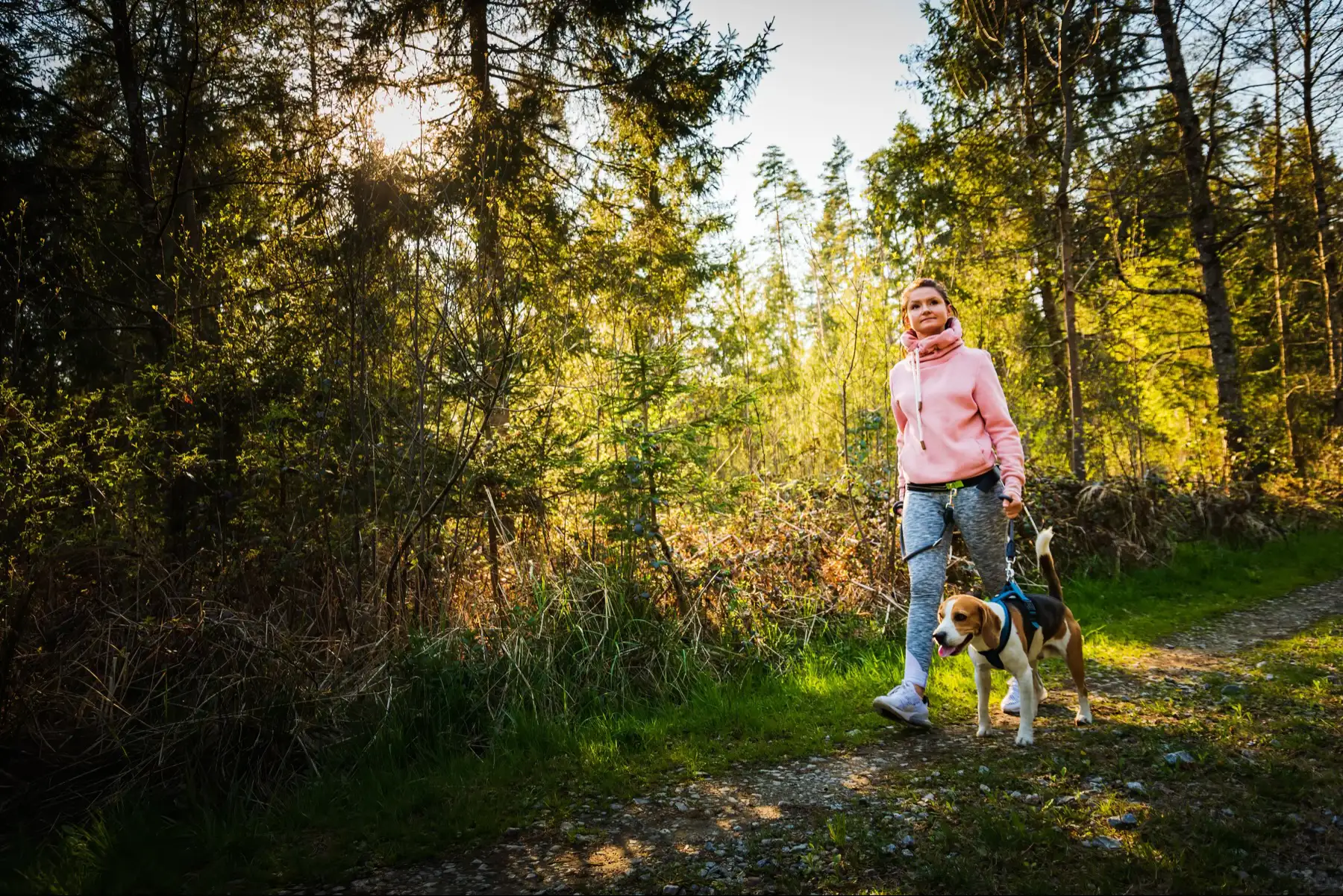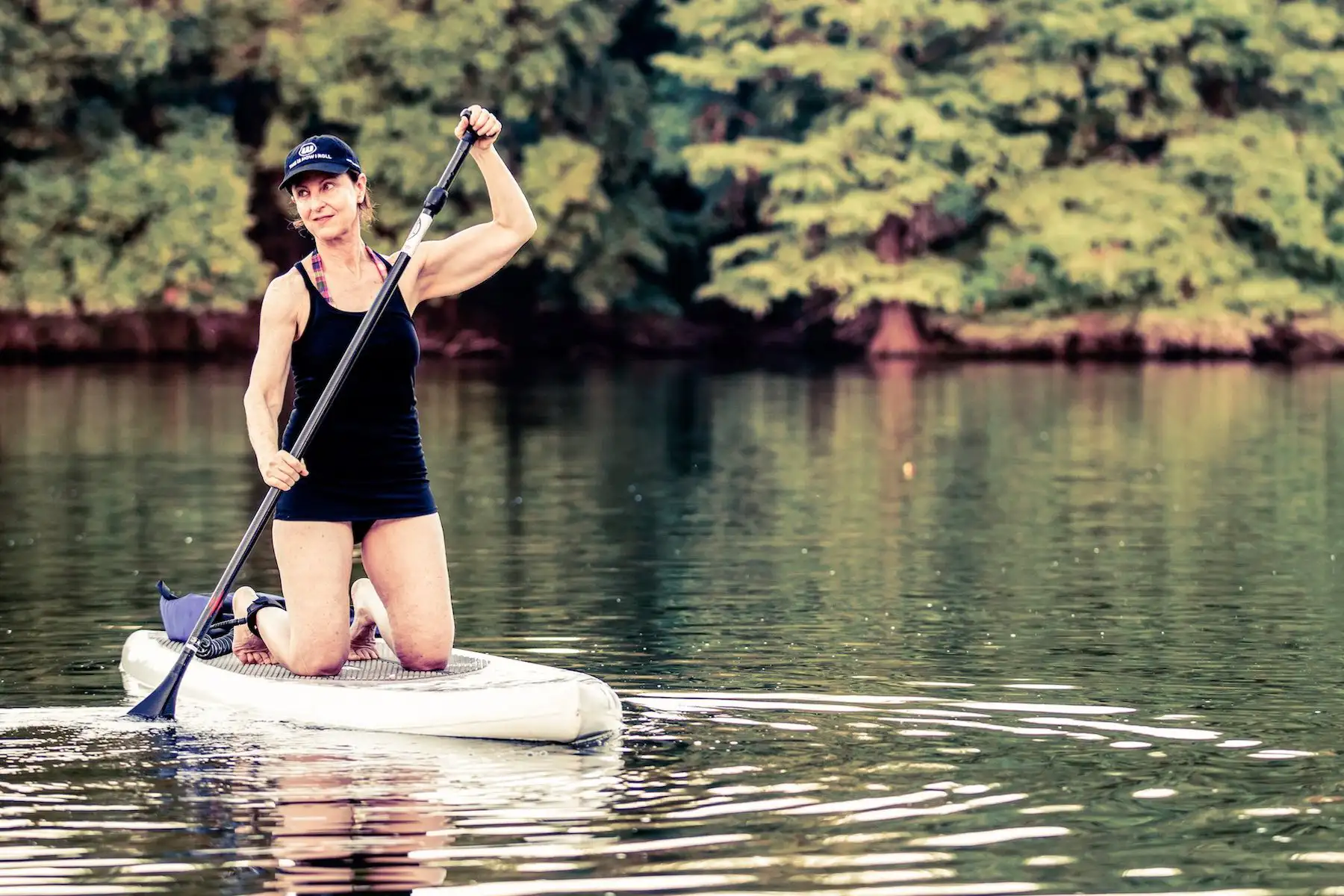If you are like millions of Americans, you probably believe exercise only counts if you go to the gym or have some structured exercise routine.
But did you know that exercise is a modern-day, man-made invention? It’s a strategy to meet the need for movement. Historically, people did not formally exercise. Instead, physical activity was part of their everyday lives. Two hundred years ago, 90% of the world lived in agricultural communities. People only sat to take breaks from work for only three to five hours daily. Modern Americans sit for 13 to 15 hours per day!
Nowadays, if our job or lifestyle doesn’t require or naturally include regular physical activity, we must create ways to move our bodies. Our environment no longer supports or provides opportunities for movement.
While having a gym membership is great if you enjoy that kind of workout, often it means an hour spent at the gym before or after work. The rest of the time, we sit at our desks or in front of our computers and televisions.
Even those with excellent exercise habits spend a disproportionate amount of time not moving. We perceive ourselves as active, but the almost-all-day stillness is the problem.
Movement is crucial for humans
Excessive sitting is associated with at least 35 diseases and conditions, including back pain, obesity, cardiovascular disease, hypertension, cancer, and depression. In contrast, almost every disease lists “exercise” as a preventive or therapeutic treatment. How are some ways we can create movement throughout our day? Here are some tips
Create movement into your existing activities
We can create movement in our day in whatever we are wearing and in whatever location we happen to be. For instance, choose the farthest parking space from the office or grocery store, take walking breaks instead of coffee breaks, walk stairs instead of using the elevator, and get your heart rate up with housework by pumping up some rockin’ music and picking up the pace.
Start slow and build up
You don’t need to begin by running a marathon. Instead, take a 5-10 minute walk around the neighborhood, do ten jumping jacks, etc. Stick with your five or ten minutes a day, and when it becomes routine, tack on another five or ten.
There are many free videos online for chair yoga at your desk, 5-minute office workouts, or using our environment as our gym that require no membership or fancy equipment. Standing desks, balance boards, yoga balls as chairs, and treadmills can be helpful at an office job. It’s a great way to stay active while working at your computer or on a long conference call. It doesn’t require getting sweaty and breathless but provides low-impact and steady movement instead of being sedentary for hours on end.
Movement won’t be so daunting if we allow ourselves to build the activity we enjoy into our day.Try a joyful outdoor activity like walking/jogging/running, jumping rope, dancing, yoga in the park, hiking, biking, kayaking, rowing, roller skating/blading, swimming, etc. The key is to find the way you love to move and do more of that…every day!
Build Community
Exercising with others provides an opportunity for increased social contact. Many of us need the motivation of our peers. It helps to have the support and encouragement from others in the same boat, and sharing our struggles and successes enables us to feel less alone. Also, it gives us accountability to the people expecting us to participate. Schedule a walk, class, or other activity with a friend or colleague whenever possible. You will be less likely to change your mind if you know someone else is waiting for you and counting on you to be there. Plus, it can be a lot more fun and the time spent will likely feel like it flew by!
Get a dog
If you love animals and are able, consider adopting a dog to motivate and inspire you to get outdoors and walk. Instead of thinking you will have to take your new canine for a walk, think of it as your dog taking you out for walks!
In a British study by Biomed Central Public Health, researchers found that a dog owner’s daily walk was, on average, 22 minutes more than those without dogs. At 154 minutes of movement per week, that’s four minutes more than the 150 minutes recommended by the World Health Organization .
Movement as play
Did you love playing sports as a kid? Do you have fond memories of messing around with friends and family at a gathering in the park where you all played a game without keeping score? Try participating in sports with friends, family, or coworkers for fun and without competition, shooting hoops on the basketball court, tossing a football, kicking a soccer ball, playing volleyball on the beach, baseball or softball with the kids, jumping on a trampoline, or taking a no-destination bike ride.
Treat your chosen movement as play and do it for fun without a goal. Hopefully, you will enjoy it and become so immersed you lose track of time. As Robin Arzon, the Master Class and Peloton teacher, says, “It’s not a punishment, it’s a privilege.”




